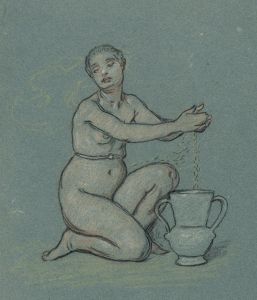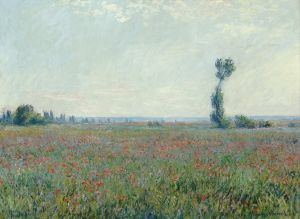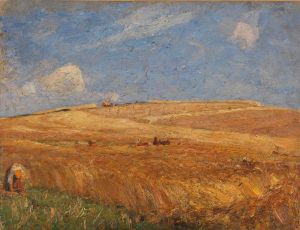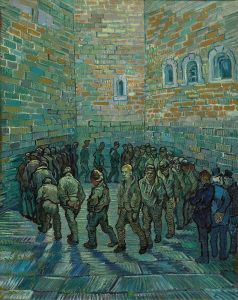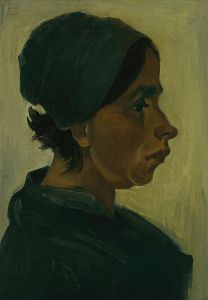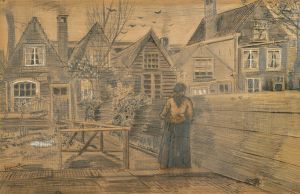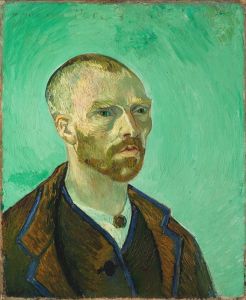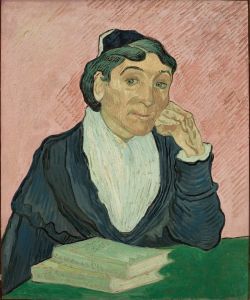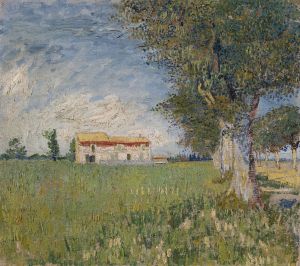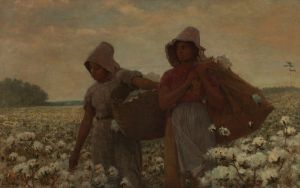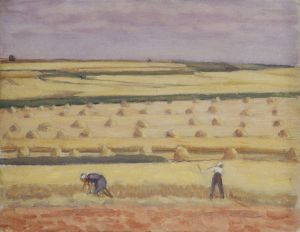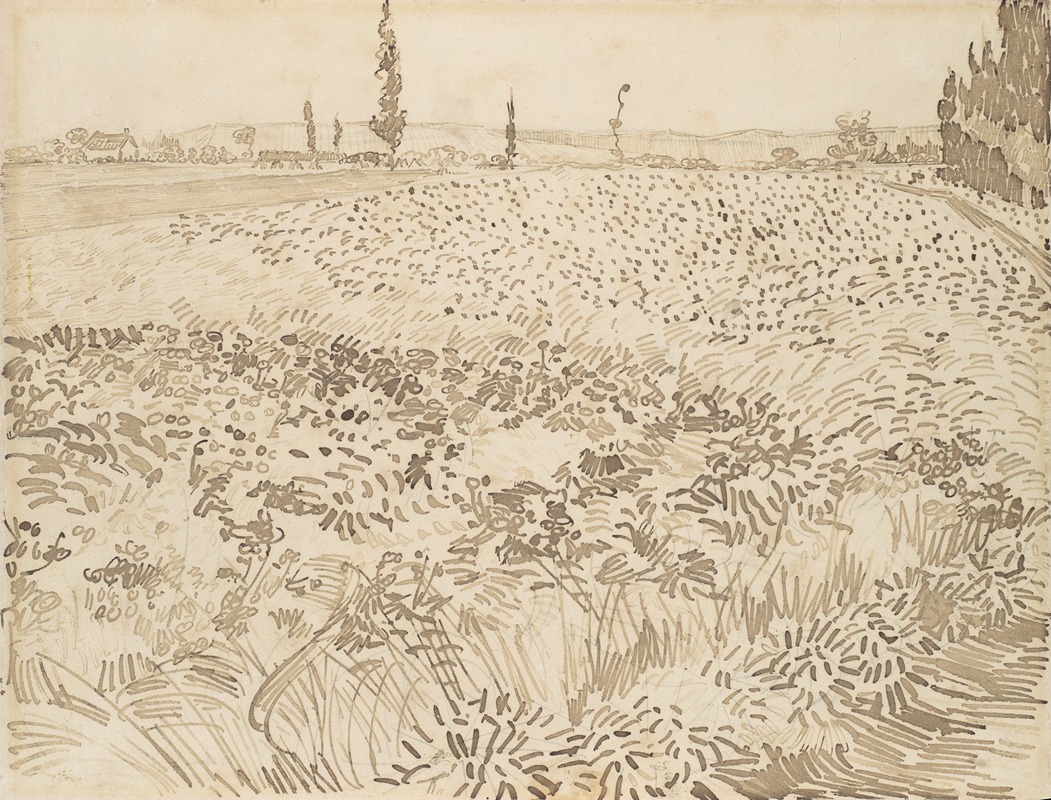
Wheat Field
A hand-painted replica of Vincent van Gogh’s masterpiece Wheat Field, meticulously crafted by professional artists to capture the true essence of the original. Each piece is created with museum-quality canvas and rare mineral pigments, carefully painted by experienced artists with delicate brushstrokes and rich, layered colors to perfectly recreate the texture of the original artwork. Unlike machine-printed reproductions, this hand-painted version brings the painting to life, infused with the artist’s emotions and skill in every stroke. Whether for personal collection or home decoration, it instantly elevates the artistic atmosphere of any space.
Vincent van Gogh's "Wheat Field" refers to a series of paintings created during the final years of the artist's life, particularly in 1888, 1889, and 1890. These works depict expansive wheat fields, often under dramatic skies, and are considered some of the most iconic representations of Van Gogh's artistic vision. The wheat fields held deep symbolic meaning for Van Gogh, representing the cycles of life, death, and renewal. They also reflected his profound connection to nature and his emotional state during the periods of their creation.
Van Gogh painted many of these works while living in the south of France, in Arles and later in Saint-Rémy-de-Provence, as well as during his final months in Auvers-sur-Oise. The paintings are characterized by their vibrant colors, dynamic brushstrokes, and expressive compositions, which convey both the beauty and the turbulence of the natural world. Van Gogh's use of bold yellows, blues, and greens captures the intensity of sunlight and the vitality of the fields, while his swirling skies and textured landscapes evoke a sense of movement and emotion.
One of the most notable works in this series is "Wheatfield with Crows," painted in July 1890, shortly before Van Gogh's death. This painting, now housed in the Van Gogh Museum in Amsterdam, is often interpreted as a reflection of the artist's inner turmoil, though such interpretations remain speculative. The painting features a vast wheat field under a stormy sky, with a path leading into the distance and crows flying overhead. Its dramatic composition and somber tone have made it one of Van Gogh's most discussed works.
Another significant painting is "Wheat Field with a Reaper," created in 1889 during Van Gogh's stay at the asylum in Saint-Rémy. This work depicts a lone figure harvesting wheat under a blazing sun, symbolizing the eternal cycle of life and death. Van Gogh described this painting in letters to his brother Theo, expressing his admiration for the resilience of rural laborers and the spiritual significance he associated with their work.
Van Gogh's wheat field paintings are widely celebrated for their emotional depth and innovative techniques. They exemplify his ability to transform ordinary landscapes into profound expressions of human experience. Today, these works are displayed in major museums around the world, including the Van Gogh Museum, the Musée d'Orsay, and the Metropolitan Museum of Art, and they continue to inspire audiences with their timeless beauty and emotional resonance.





